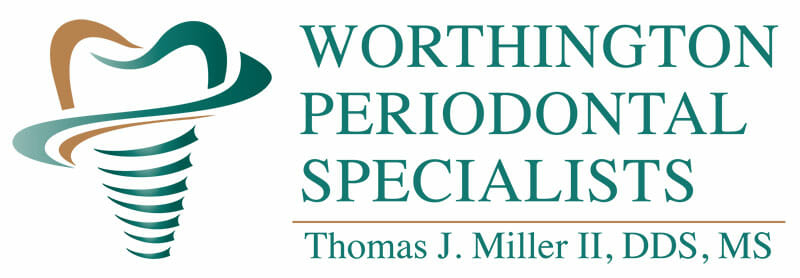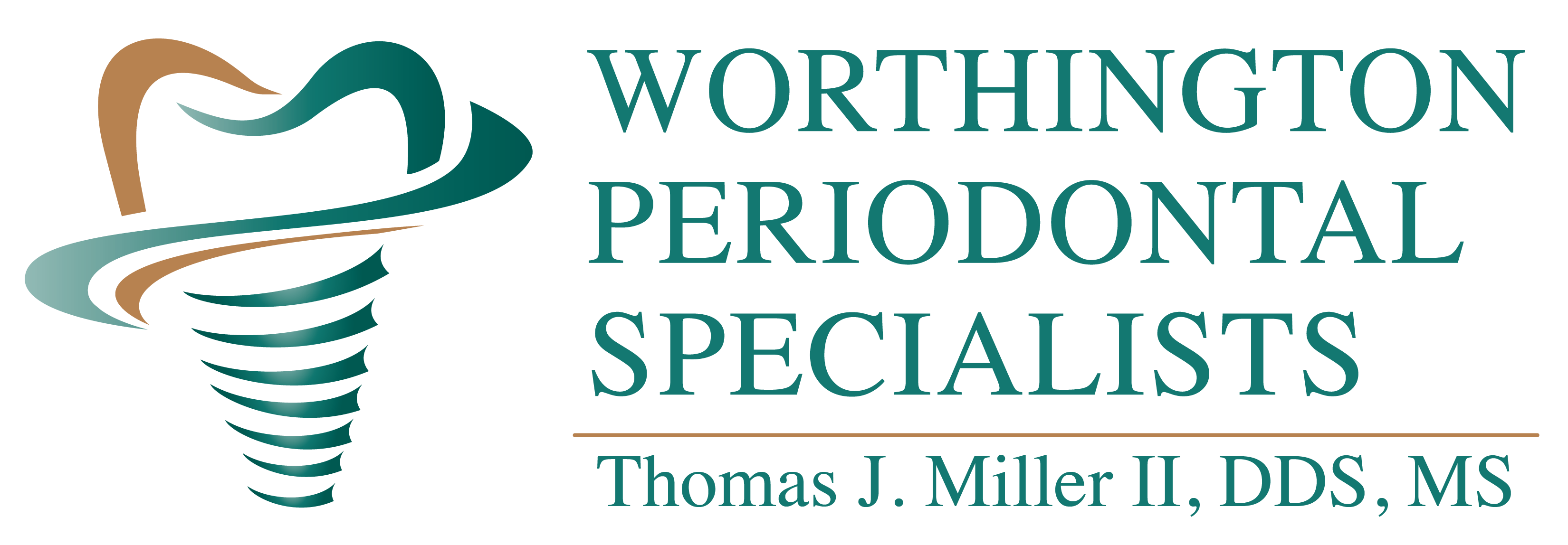We Take A Conservative Approach to Tooth Extraction
Schedule Your Tooth Extraction Consultation Today! Appointments
Reasons Teeth May Be Extracted Include:
Extractions are usually reserved only for cases in which no other treatment option will cure the infection or problem. Teeth may be removed because of:
- Severe tooth decay or infection
- Extra teeth that are blocking other teeth from growing in (supernumerary teeth)
- Severe gum disease
- Orthodontic treatment
- Non-restorable teeth
- Fractured teeth
- Cosmetic reasons
Extractions Are Followed By Ridge Preservation
Types of Extraction Procedures:
There are two forms of tooth extraction: surgical and simple. The type you need will depend on if the tooth has erupted out of the gum tissue or if it is still below the gumline. Teeth which have erupted are removed using the simple technique. Those that remain below the gumline are removed surgically.
Regardless of the reason a tooth must be pulled, extractions are only reserved for cases in which no other treatment option will cure the infection or problem.
Featured Services
- Bone Grafting
- Bruxism Teeth Grinding
- Chao Pinhole Surgical Technique (PST)
- Dental Implants
- Gingivectomy
- Guided Tissue Regeneration
- Gum Grafting
- Osseous Surgery
- Periodontal Maintenance
- Periodontal Plastic Surgery
- Ridge Augmentation
- Ridge Preservation
- Scaling and Root Planing
- Sedation
- Sinus Lift
- TMJ
- Tooth Extraction
For New Patients
Tooth Extraction in Worthington and Columbus, OH
Dental extractions are performed for a variety of reasons, including tooth decay, injury, infection, and for orthodontic treatment. Extractions are a relatively common procedure in most dental offices. The difficulty of the procedure varies depending on the case and the patient, however anesthesia is used to numb the area and prevent discomfort during the procedure.
Types of Extractions
There are two forms of extractions: simple and surgical.
Simple extractions are performed on teeth that can be seen in the mouth and that do not require sectioning the tooth or incising the gum tissue for removal. These extractions are performed on teeth that must be removed due to extensive decay or injury, or even orthodontic treatment, and are usually performed under a local anesthetic. During this procedure, the doctor will grasp the tooth with forceps and loosen it by moving the instrument back and forth until the supporting structures widen enough to allow the removal of the tooth.
Surgical extractions are performed on teeth that have broken off at the gum line, have not yet come in, or those that cannot be easily extracted. To remove the tooth, the doctor will have to make an incision in order to pull back the gums, which allows access to the area. This is necessary for visibility, so that we can see the tooth that needs to be removed. Surgical extractions are usually performed under local anesthesia but a general anesthesia is sometimes preferred, especially for wisdom teeth extractions.



Review our office or socialize with us!